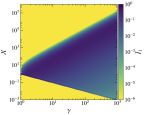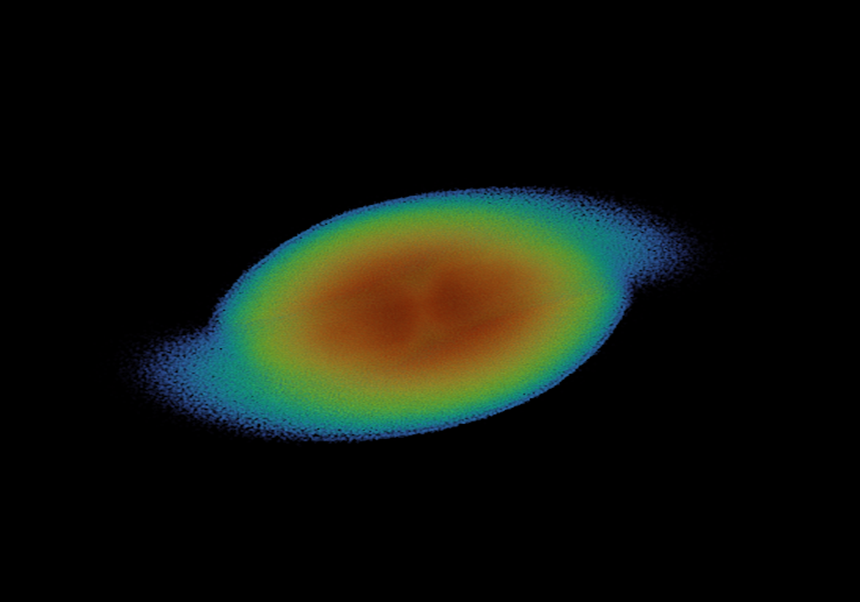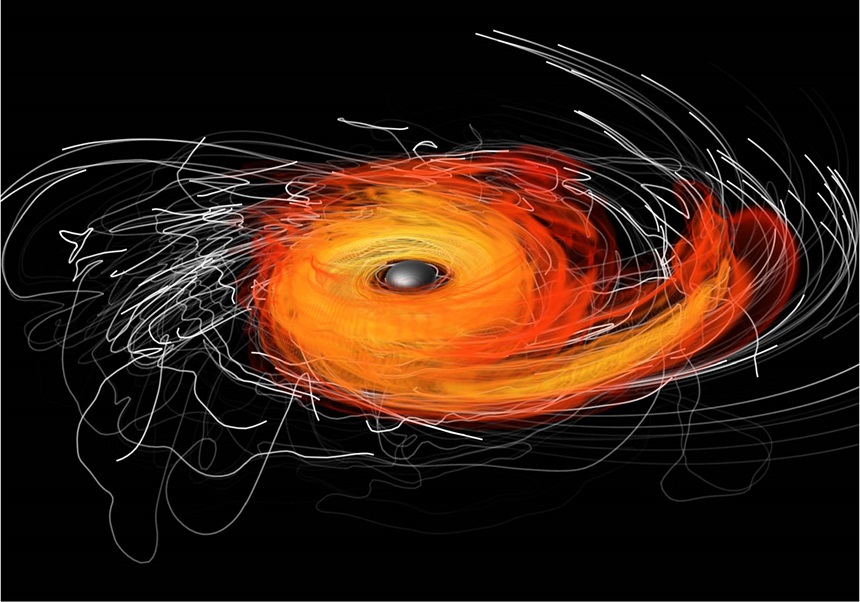
Exposicions Tesis. El proper dilluns 31 de juliol, a les 12 h, al Saló d'Actes Lise Meitner de la Facultat de Física, a Burjassot, tindrà lloc la lectura de la Tesi Doctoral realitzada per Jesús M. Rueda Becerril, sota la direcció dels doctors Miguel Ángel Aloy Torás i Petar Mimica, Professor Titular i Investigador, respectivament, d'este departament.
TÍTOL:
Numerical treatment of radiation processes in the internal shocks of magnetized relativistic outflows
Resum:
Blazars are a type of active galactic nuclei (AGNs) which are among the most energetic and violent astrophysical objects, alongside γ-ray bursts (GRBs). The physical processes, and, in particular, the relativistic jet itself in which the high energy radiation detected by the terrestrial and space observatories is generated, has been attracting the attention and interest of astronomers and astrophysicists since their discovery. In the present thesis, we investigate the internal shock (IS) model in which two magnetized shells of plasma, with cylindrical geometry, collide forming shock waves, which propagate throughout the plasma accelerating electrons (thermal and nonthermal) in their wake. Those electrons interact with the magnetic field of the jet producing magnetobremsstrahlung emission, which is detected by observations. In this model we also consider that the surroundings of the jet in which this collision takes place are filled with a monochromatic photon field, which emulates the more complex broad line region (BLR) of the AGN. Both photons from the external field and those produced in situ are Compton upscattered by the accelerated electrons.
The main work of the present thesis has been the search of signatures imprinted on the double bump spectral energy distribution (SED) of blazars that may uncover the degree of the shell magnetization and the profile of the electrons energy distribution (EED) injected at the shock front. We have approached the problem numerically, so that a fair fraction of the work has consisted on improving already existing sophisticated numerical tools or developing new ones from scratch. We have used these numerical tools to simulate the IS model and reproduce broadband SEDs of blazars. To validate our methodology and put bounds on the parameters of our model, observational data has been analyzed so that the generated SEDs are able to reproduce generic observational data and inferred physical trends.
From the Compton dominance and the spectral index of γ-ray photons obtained in our models, we infer that a fair fraction of the blazar sequence could be explained by the shells magnetization; the negligibly magnetized models describing the Flat Spectrum Radio Quasars (FSRQs) region, whereas moderately magnetized shells fall into the BL Lacertae object (BL Lac) region. On the other hand, by including thermal electrons into the population of injected particles and using a numerical tool which reproduces the low energy region of the magnetobremsstrahlung (MBS) emission, we have found that the valley which separates the synchrotron and inverse-Compton (IC) components grows deeper when thermal dominated distributions are injected at the shock front. A slightly varying synchrotron peak between 1011–1013 Hz, in contrast with a parameters dependent IC component. These effects induce a scattering in the vertical direction of the Compton dominance-synchrotron peak plane. From this clear fact, we cautiously suggest that the proportions of the thermal/nonthermal electrons have a prominent role explaining the location of blazars in that plane.
Images:















